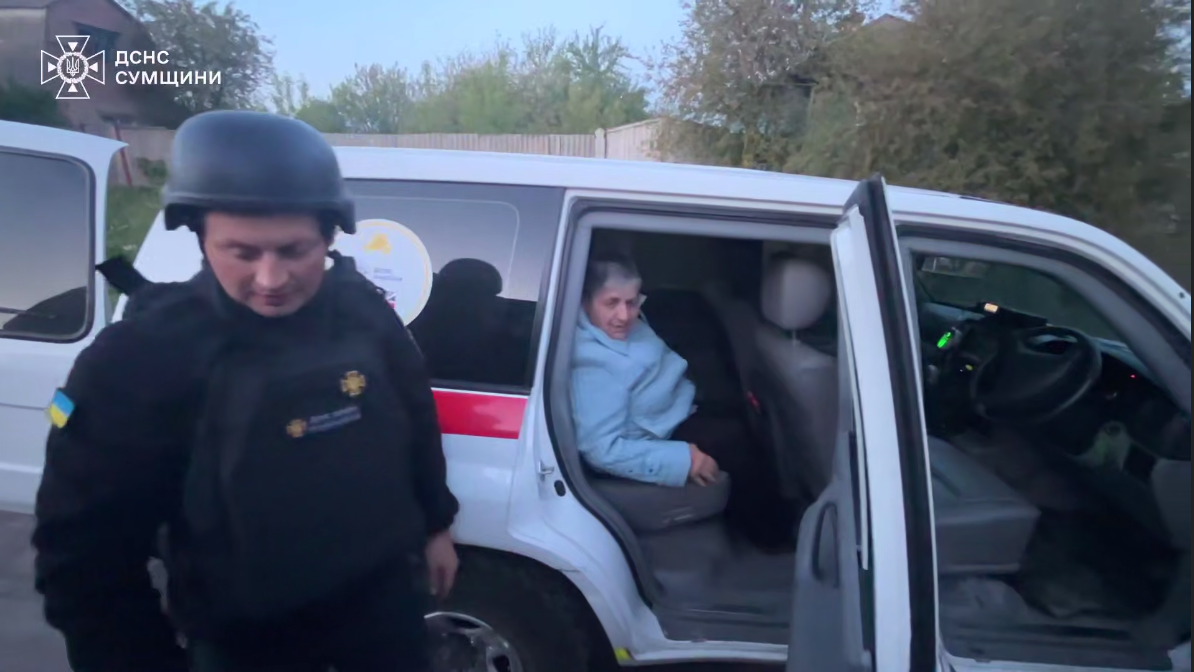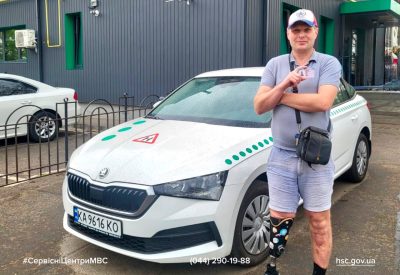Polish instructors presented at the National Academy of Internal Affairs of Ukraine the algorithm for providing home medical care MARCH

At the National Academy of Internal Affairs of Ukraine, joint trainings on the provision of pre-medical care with the participation of instructors on tactical medicine (Humanitarian and Medical Assistance Team (ZPHM), Republic of Poland) have started.
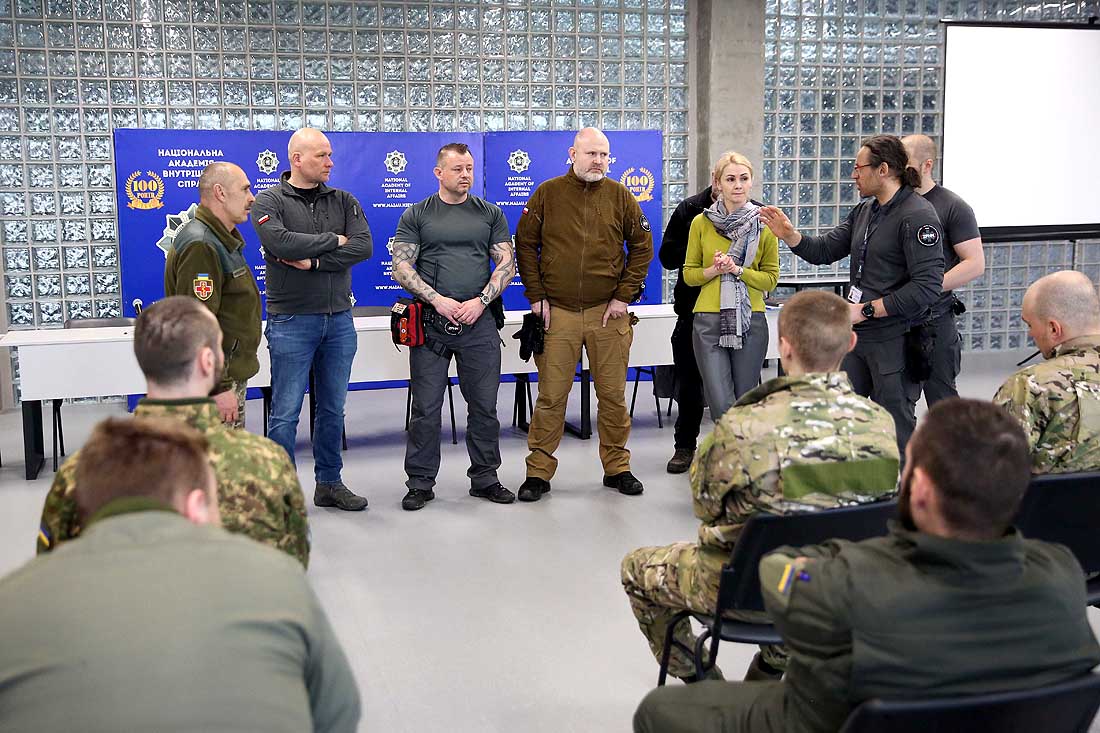
Ukrainian and Polish instructors exchanged experience in providing pre-medical care to the wounded, which is especially important during the war. Deputy Head of the Department of Humanitarian and Medical Aid of the Office of the Prime Minister of Poland Slavomir Butkevich said that in total the course will last four days, and all participants will receive relevant certificates.
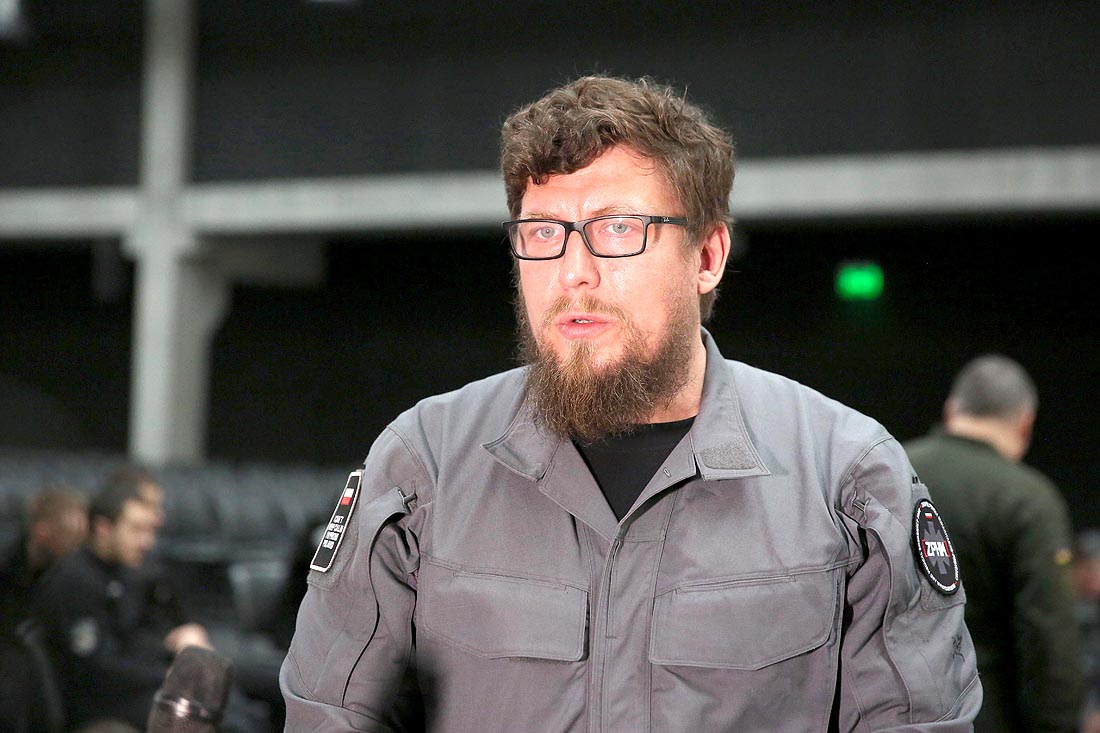
According to him, Polish colleagues want to share this theoretical and practical knowledge from the MARCHE protocol, so that Ukrainian fighters can use them primarily in combat conditions.
In turn, the director of the Department of Health and Rehabilitation of the Ministry of Internal Affairs of Ukraine Anatoly Smyk, who also attended the exercises, stressed that the system of pre-medical training is an integral part of the training of Ukrainian combat medics.
He told about it on the air of the national tele-marathon “United News”:
“The Polish side reacted very quickly to Ukraine's invitation. This is not the first training with the participation of Polish specialists. They brought with them certain equipment, namely simulator dummies to practice emergency care skills. This is wound tamponade, cardiopulmonary resuscitation and so on.”
Anatoly Smyk also noted that specialists of the Republic of Poland constantly closely cooperate with Ukrainian departmental services, which are located in the border regions of Ukraine.
In addition, the National Academy of Internal Affairs of Ukraine continues to train cadets in tactical medicine. They are told how to quickly help the victim with various types of injuries with open and closed bleeding.

Polish colleagues also visited such courses, who were shown three locations in which cadets together with instructors worked out various situations regarding assistance to the victims.
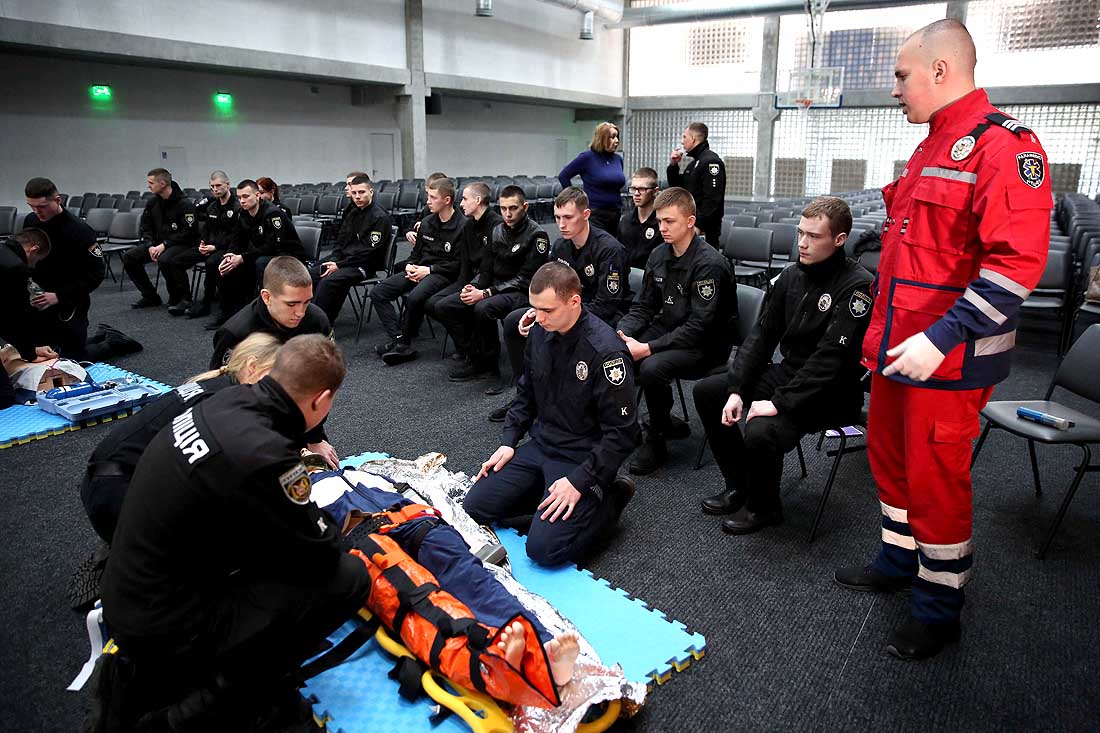
“Man is divided into four age categories. In the first location, for example, we take urgent action on the baby. In the second location, cardiopulmonary resuscitation of children whose age category is from one year to puberty, up to about 14-15 years, is shown. At the third location, you see cardiopulmonary resuscitation of an already adult with the help of an automatic external defibrillator,” said Volodymyr Kodiy, instructor of the pre-medical training department.
For reference: MARCH is the most widely used algorithm for providing home care in combat conditions. It includes the following main sequence points: Mh (massive bleeding) — stopping life-threatening bleeding; A (respiratory tract) — ensuring airway patency; R (breathing) — closing all open chest wounds; C (circulation) — complete examination of the injured, stopping bleeding, diagnosis of shock; H (hypothermia/TBI) — prevention of hypothermia.
Department of Communications




